The leader in multi-site composable storefronts for top-tier brands delivered in six months
Composable Delivery experience
Over a dozen enterprise-grade SFCC Composable Storefronts shipped - delivering measurable growth faster than any other partner.
The 64labs SFCC Composable Accelerator
Our SFCC Composable Accelerator compresses timelines, reduces cost, and de-risks complex builds - from brief to live in under six months.
Enterprise-ready Expertise
We embed knowledge-transfer into every project, enabling your teams to run, scale, and optimise composable commerce from day one.
Featured client work


Moncler
Commerce Cloud
,
Contentstack
,
Luxury Retail Meets Composable: Moncler’s US Launch with 64Labs & Reply
Moncler partnered with 64Labs to launch a composable storefront for its US site on Salesforce Commerce Cloud, using Contentstack as the headless CMS.
The project delivered immediate performance and conversion gains ahead of peak season, while creating a scalable, future-ready architecture for a planned global rollout.
The initiative proved that brands can realize the benefits of composable commerce without waiting for a full site redesign.
Solutions built on expertise, not guesswork
0
1
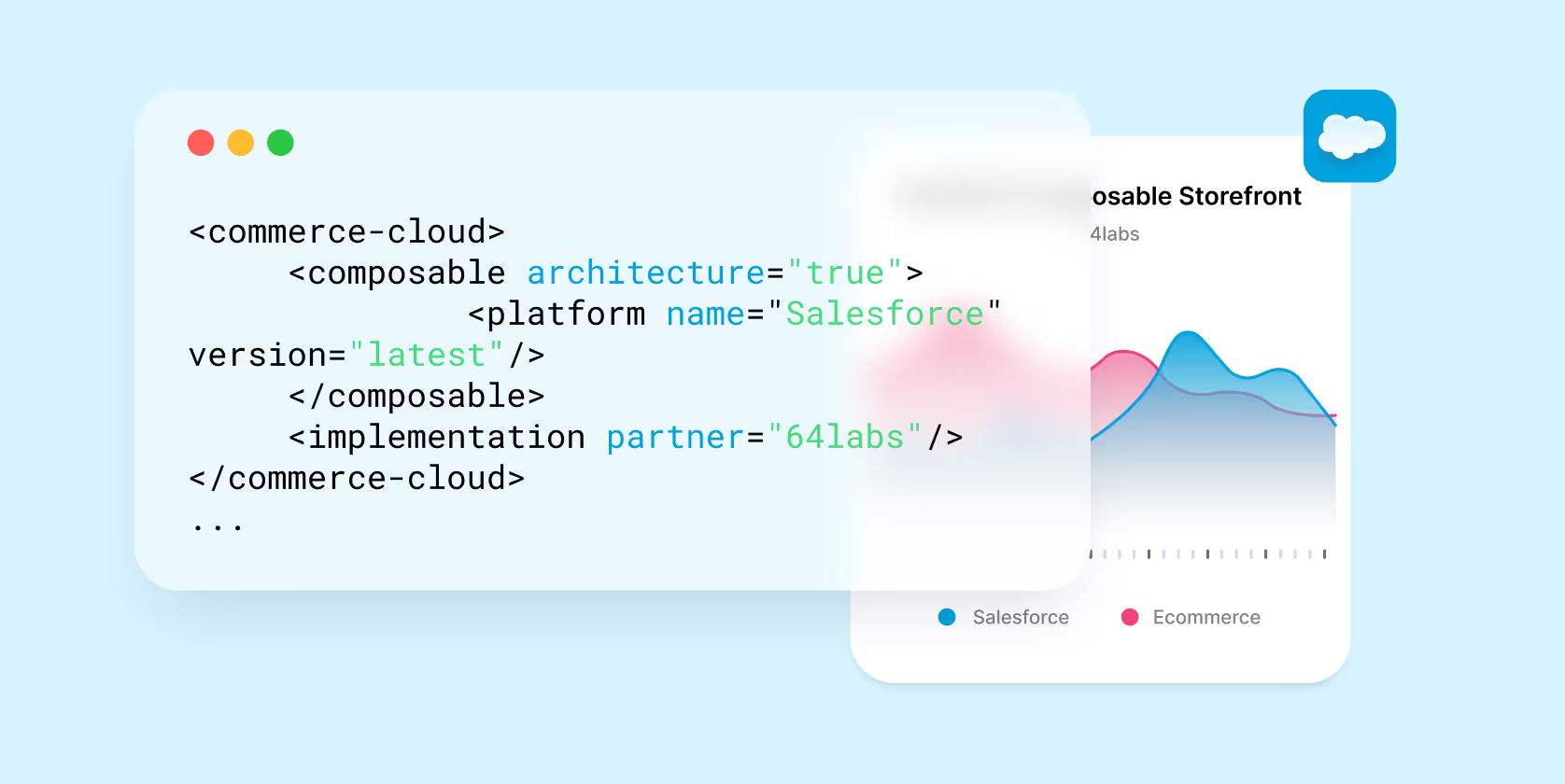
SFCC Composable Storefront
64Labs leads Salesforce Commerce Cloud composable builds with our Accelerator, cutting delivery time and reducing risks. Whether upgrading from SiteGenesis, SFRA, or starting fresh, we launch in under six months with fewer integration pains and costly missteps.
0
3
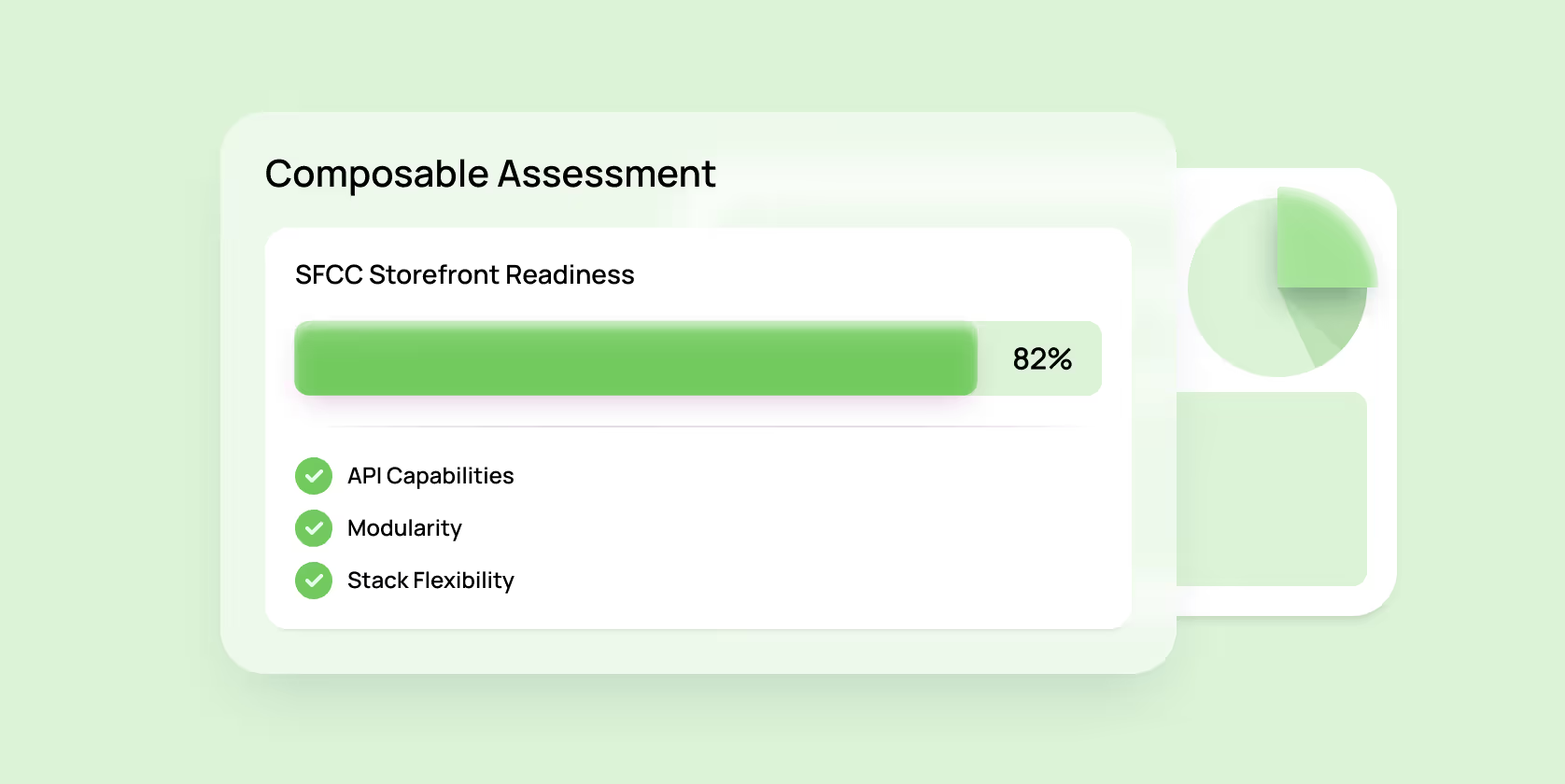
Composable Readiness Assessment
We provide a free assessment of your eCommerce systems including tech stack, workflows, and teams. Our experts identify risks, opportunities, and next steps, giving you confidence and clarity to prepare for composable transformation efficiently and effectively.
0
3
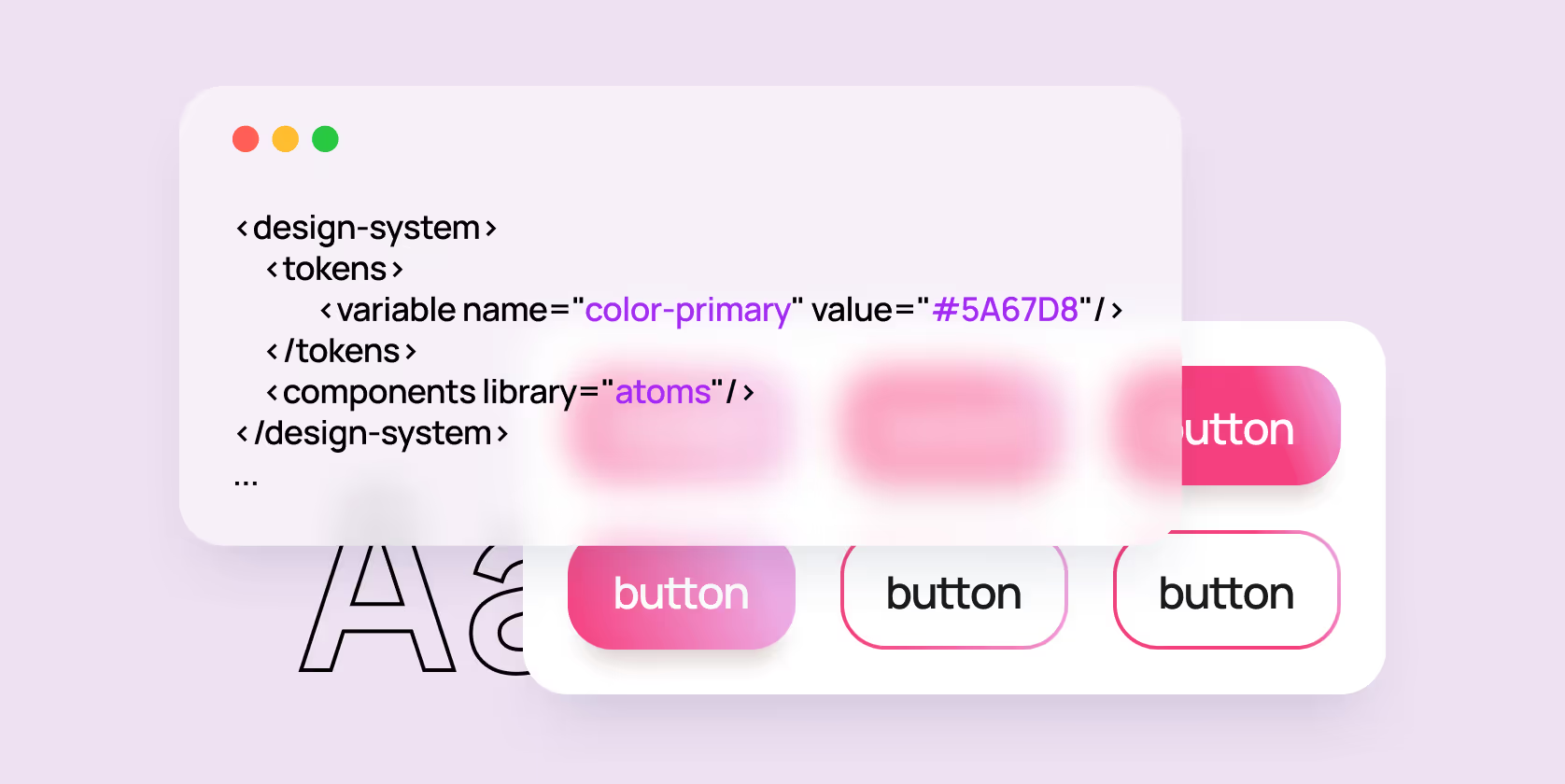
UX/UI - Design Systems
Design systems are core to every 64Labs build. We create scalable patterns, UI libraries, and UX flows aligned with our accelerator. This ensures speed, consistency, usability, and improved conversions across your eCommerce experience.
0
4

Headless CMS Implementations
64Labs implements Contentstack, Amplience, and Contentful with prebuilt tools for seamless integration. From modeling to migration, we accelerate delivery and create scalable workflows so your CMS delivers immediate value for eCommerce and content-driven experiences.
0
5
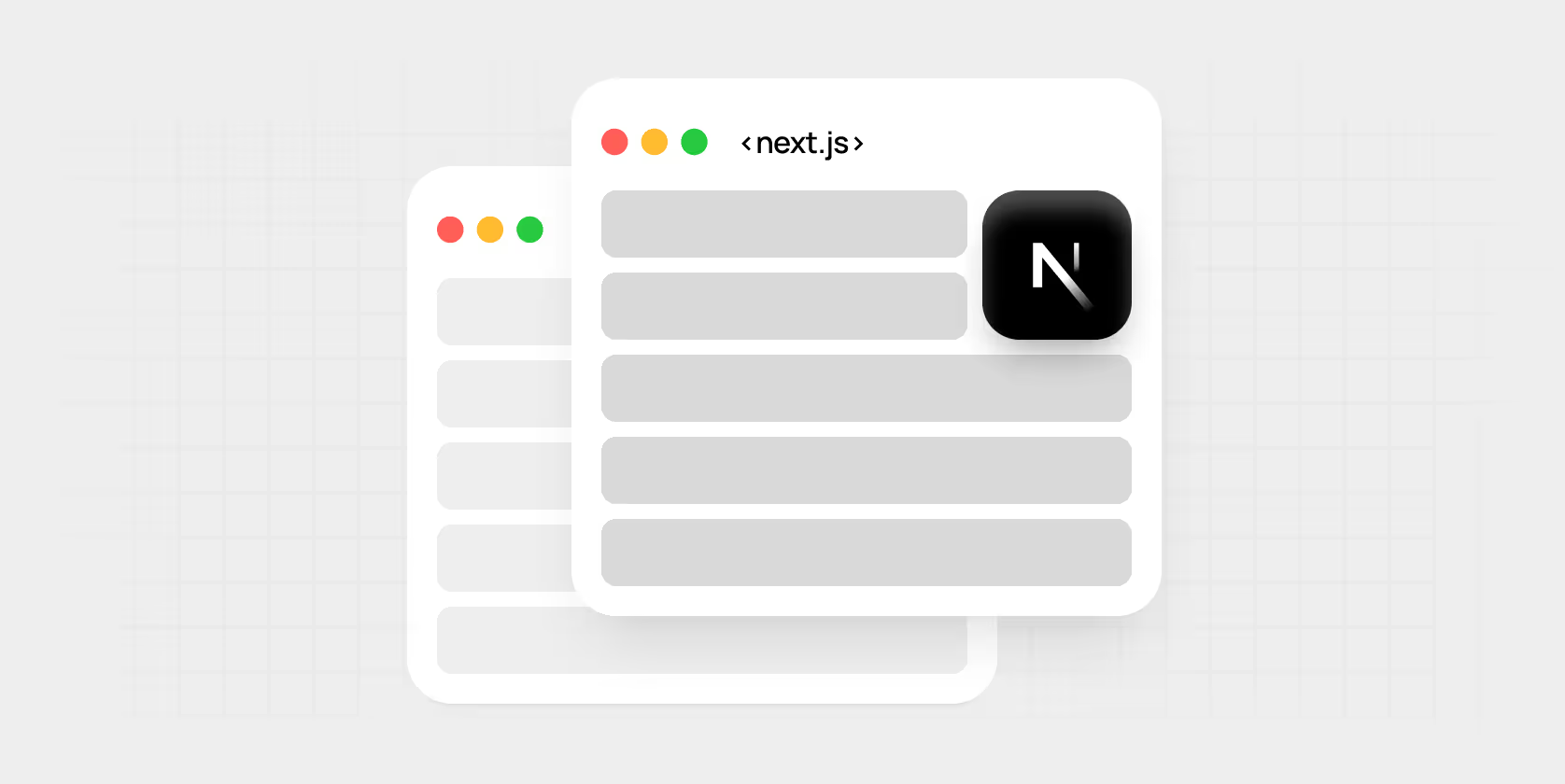
Next.js & Vercel Storefront
We leverage Next.js and Vercel to deliver lightning-fast storefronts. Backed by our Accelerator, you get high performance, rapid deployment, and scalable solutions that are ideal for migrations or new Salesforce Commerce Cloud projects.
0
6
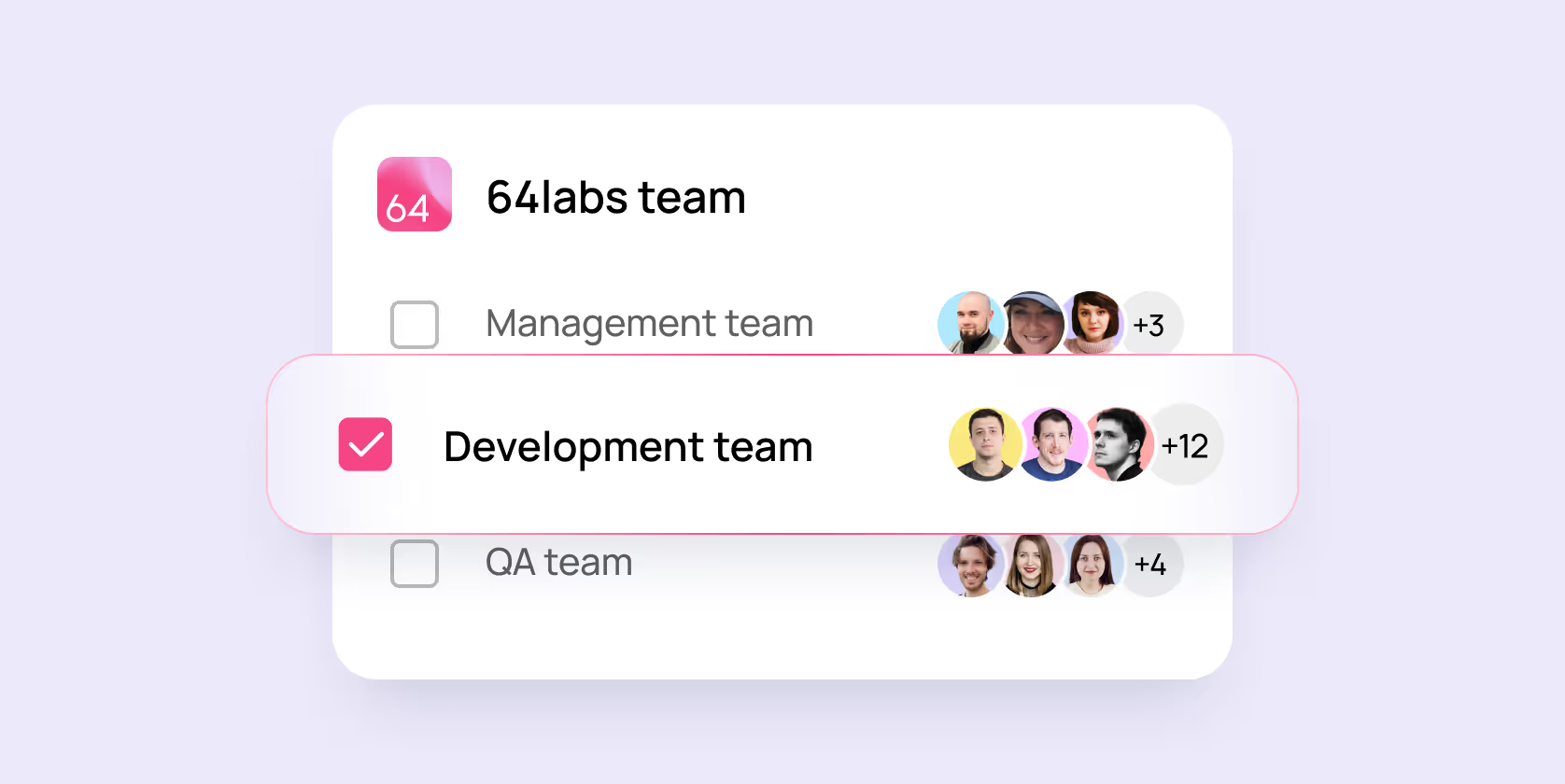
On-Demand Delivery Specialists
Scale instantly with 64Labs specialists including BAs, QAs, engineers, and architects. We embed seamlessly into your workflows, bringing proven eCommerce expertise and prebuilt solutions that help deliver faster, avoid risks, and maximize ROI without expanding headcount.
Your stack matters. So do your partners
We partner with industry leaders who genuinely understand composable commerce and deliver real, reliable solutions.
Perspectives worth sharing

November 19, 2025
UX / UI Design
Composable
AI & Automation
The Hidden Cost of Best-of-Breed: Why "Choose Everything" Doesn’t Work

November 24, 2025
Composable
Ecommerce
How to Keep Internal Teams Aligned in Composable Commerce Builds

November 6, 2025
Composable
Ecommerce
What Happened to the MACH Alliance? Why Composable Commerce Moved On in 2025




































